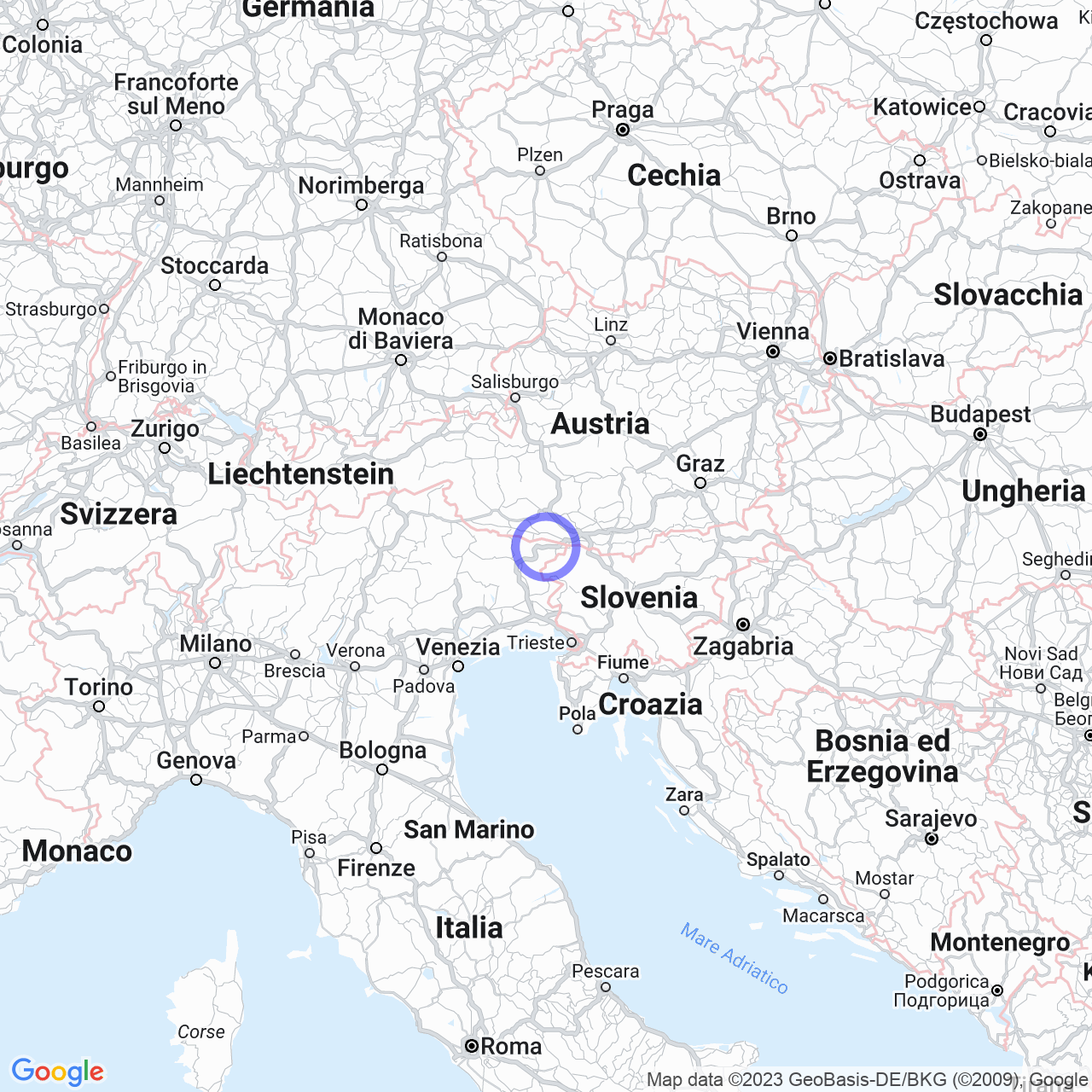Malborghetto Valbruna
Welcome to Malborghetto-Valbruna!
Malborghetto-Valbruna is a municipality located in Friuli-Venezia Giulia, in the mountainous border region between the Eastern Carnic Chain and the Western Julian Alps. The municipality has a population of 913 inhabitants and its municipal seat is located in the village of Malborghetto. In this text, we will take you on a discovery of some points of interest in the area and some curiosities about the city's history.
Physical geography
The city of Malborghetto-Valbruna is located in the valley of the Val Canale, surrounded by the majestic mountain peaks of Jôf di Montasio, Jôf Fuart, Jôf di Miezegnot, Monte Osternig, and Monte Poludnig. The territory of the municipality is also composed of some lateral valleys, including Val Saisera or Valbruna.

History
The municipality has a rich and interesting history. Since the early Middle Ages, the area of Malborghetto-Valbruna belonged to the bishops of Bamberg, and in those times it was an important commercial center, known as Buonborghetto. Following continuous disputes with the Republic of Venice, the city changed its name to Malborghetto. Over the years, the metallurgical and wood industries flourished and contributed to the economic development of Malborghetto-Valbruna, and are still practiced today. Over the centuries, the fortress built by the Habsburgs, known as Forte Hensel, was occupied by the Venetians in 1616, by André Masséna in the Battle of Tarvisio in 1797, and by viceroy Eugenio di Beauharnais in 1805. In 1809, during the Battle of Tarvisio, the Austrian captain Friedrich Hensel defended himself for three days inside the fortress before surrendering to Napoleon I's troops.
After World War I, Malborghetto-Valbruna was assigned to Italy, although it was predominantly inhabited by German and Slovenian people. In 2003, the flood of the Val Canale caused two deaths and considerable damage to the city. Today, Malborghetto-Valbruna and its hamlets, Valbruna and Ugovizza, have become a holiday and winter sport destination, known for being ideal starting points for excursions in the Julian Alps. Until the construction of the new Pontebbana railway, several stations served Malborghetto-Valbruna, but today only the Ugovizza-Valbruna station remains in use.
Symbols
The municipal coat of arms is a reference to the position of Malborghetto-Valbruna in the Val Canale. The tower represents Forte Hensel and is drawn between two mountains. The gonfalon, on the other hand, is a blue-colored pennant.
Monuments and places of interest
Religious architecture
There are several monuments of interest in the city, including many churches. One of the first places to visit is the Church of San Gottardo di Bagni di Lusnizza, dating back to the 15th century. The Church of Saints Philip and James in the hamlet of Ugovizza was rebuilt in 1930, but still preserves the fresco found in 1959. The Church of the Visitation of Mary, with Gothic architecture, was rebuilt in 1809 and preserves many gravestones from the 16th and 17th centuries.
Malborghetto-Valbruna is a city full of history, culture, and natural beauty. If you are looking for a destination for your mountain holidays, do not hesitate to visit this wonderful Friulian location!
